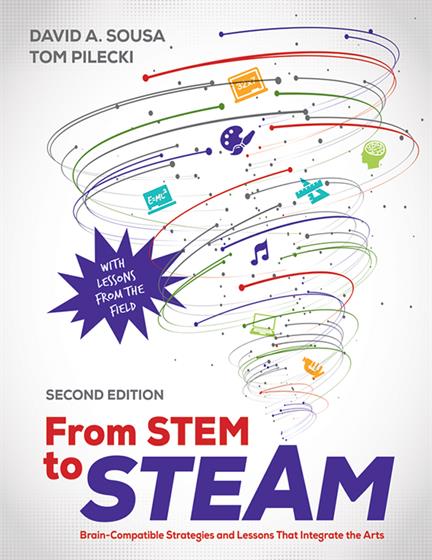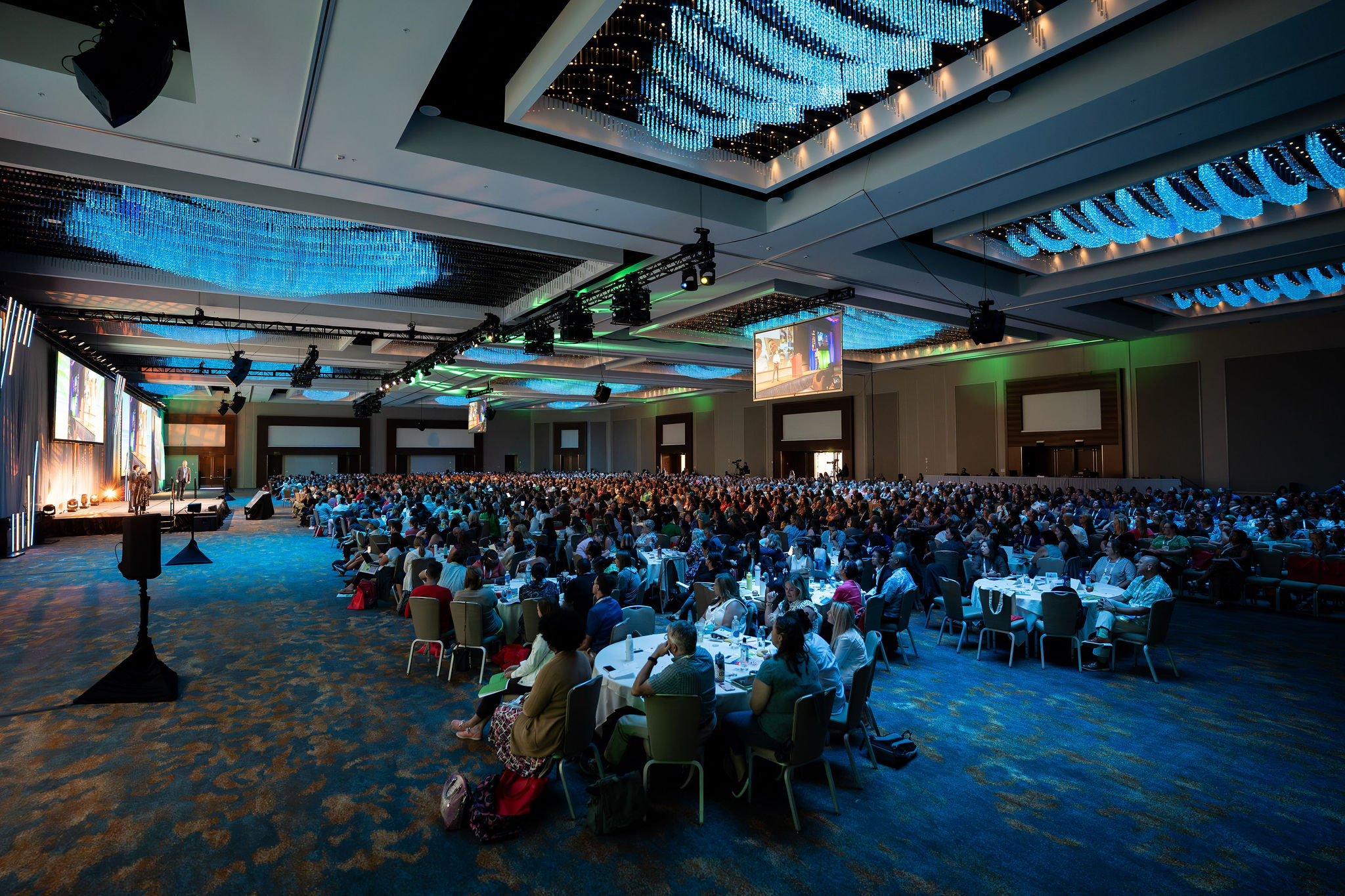Hands-on, Practical Guidance for Educators
From math,
literacy, equity, multilingual learners, and SEL, to assessment, school counseling,
and education leadership, our books are research-based and authored by experts
on topics most relevant to what educators are facing today.

Bestseller!
From STEM to STEAM
Brain-Compatible Strategies and Lessons That Integrate the Arts
Second Edition
The main objective of both art and science is discovery. Lead your STEM students to make that connection and STEAM ahead to academic success!
Product Details
- Grade Level: PreK-12
- ISBN: 9781506322452
- Published By: Corwin
- Year: 2018
- Page Count: 264
- Publication date: February 20, 2018
Review Copies
Review copies may be requested by individuals planning to purchase 10 or more copies for a team or considering a book for adoption in a higher ed course. Request review copy



